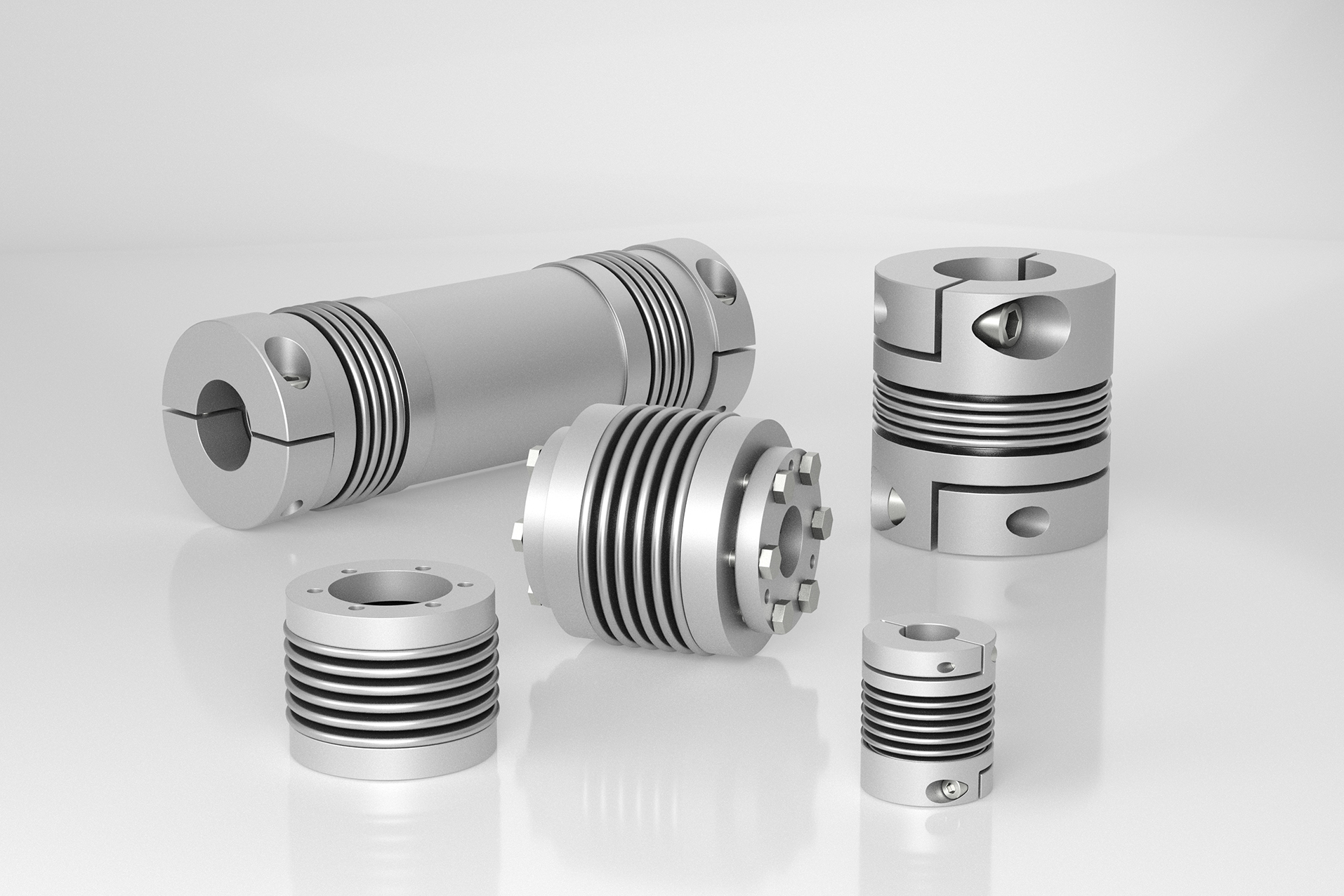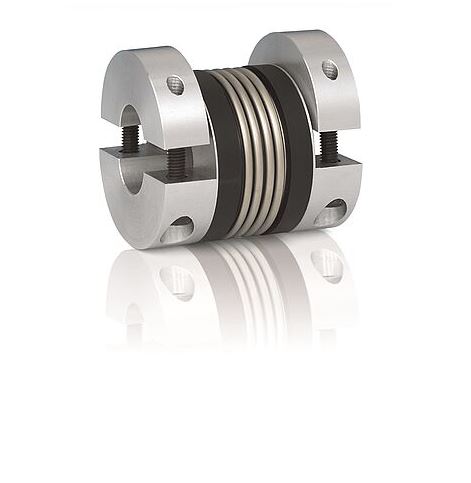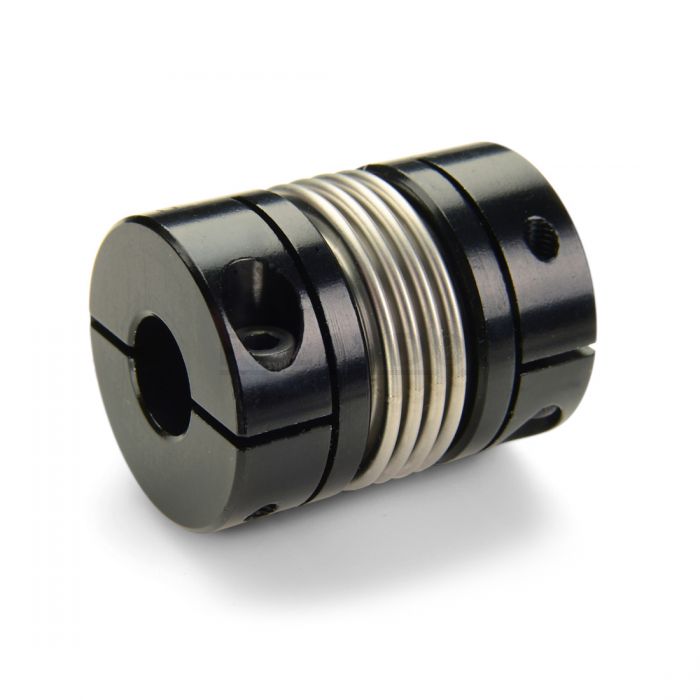Product Description
Single Sphere Rubber Bellows,2018 most popular ball rubber expansion joint fittings bellow coupling
Rubber expansion joint advantage:
A: 15 minutes zinc plating, high pressure resistance, high temperature resistance, oil resistance, wear resistance, corrosion resistance, acid and alkali resistance.
B:Connect with pump, valve, fire fighting equipment, pipe which vibrate big, pipe which hot and cold change frequently.
C: Natural rubber content of 40-7 percent, can continue to use for 15 years without aging.
The form: this rubber expansion joint consists of rubber pipe, made of inner glue, multi-layer proofinf and cord fabric and outer glue abd metal woggle joint.
It is applicable for the connection of inlet and outlet pipes of various fancoil sets of air conditionings in the guest rooms of hotels and restaurants.
Product Feature
|
|
|
|
|
Technical Parameters
| Nominal diameter(mm) | 32~1200 | 32~1200 | ||
| Nominal pressure(Mpa) | 1.0 | 1.6 | ||
| Testing pressure | Seal(Mpa) | 1.1 | 1.76 | |
| Suitable temperature(°C) | -20°C~120°C | |||
| Suitable medium | Drinking water,sewage,seawater,food,medicines,gas,oil and acid | |||
Main Raw Material
| Flange | WCB Cold/Hot Galvanizing | |||
| Joint | EPDM/NBR | |||
Reference Standard
| Testing standard | API 598 | ||||
| End flange standard | DIN PN10 / PN16,ANSI 125# / 150#,BS4504 PN10 / PN16 |
Overall Dimension and Weight
| Size | ΦD1 | ΦD2 | N-Φd | D | d | Extension | Compression |
Horizontal displacement (mm) |
Deflexion angle |
Weight (kg) |
| DN32 | 140 | 100 | 4-18 | 95 | 16 | 6 | 9 | 9 | 15° |
3.4 |
| DN40 | 150 | 110 | 4-18 | 95 | 18 | 6 | 10 | 9 | 15° |
4 |
| DN50 | 165 | 125 | 4-19 | 105 | 18 | 7 | 10 | 10 | 15° |
5.5 |
| DN65 | 185 | 145 | 4-19 | 115 | 20 | 7 | 13 | 11 | 15° |
6.7 |
| DN80 | 200 | 160 | 8-19 | 135 | 20 | 8 | 15 | 12 | 15° |
7.7 |
| DN100 | 220 | 180 | 8-19 | 150 | 22 | 10 | 19 | 13 | 15° |
9.4 |
| DN125 | 250 | 210 | 8-19 | 165 | 24 | 12 | 19 | 13 | 15° |
12.7 |
| DN150 | 285 | 240 | 8-23 | 180 | 24 | 12 | 20 | 14 | 15° |
15.8 |
| DN200 | 340 | 295 | 12-23 | 210 | 24 | 16 | 25 | 22 | 15° |
20 |
| DN250 | 405 | 355 | 12-28 | 230 | 28 | 16 | 25 | 22 | 15° |
29.22 |
| DN300 | 460 | 410 | 12-28 | 245 | 28 | 16 | 25 | 22 | 15° |
32.8 |
| DN350 | 520 | 470 | 16-28 | 255 | 28 | 16 | 25 | 22 | 15° |
41.3 |
| DN400 | 580 | 525 | 16-31 | 255 | 30 | 16 | 25 | 22 | 15° |
55.6 |
| DN450 | 640 | 585 | 20-31 | 255 | 30 | 16 | 25 | 22 | 15° |
61.8 |
| DN500 | 715 | 650 | 20-34 | 255 | 32 | 16 | 25 | 22 | 15° |
69.4 |
| DN600 | 840 | 770 | 20-37 | 260 | 36 | 16 | 25 | 22 | 15° |
96.8 |
| DN700 | 910 | 840 | 24-37 | 320 | 36 | 16 | 25 | 22 | 15° |
|
| DN800 | 1571 | 950 | 24-41 | 340 | 36 | 16 | 25 | 22 | 15° |
|
| DN900 | 1125 | 1050 | 28-41 | 370 | 36 | 16 | 25 | 22 | 15° |
|
| DN1000 | 1255 | 1170 | 28-44 | 400 | 36 | 18 | 26 | 24 | 15° |
|
| DN1200 | 1485 | 1390 | 32-50 | 420 | 36 | 18 | 26 | 24 | 15° |
Why Choose US
We test leakage of each roll before braiding, then we cut 300mm and crimp it to test
burst pressure after brading.
We use CNC Lathes Machine for end fittings production. Machine system, knife and inspection
tools are all imported from Japan.
We use Techmaflex Crimping Machine which is imported from France. This machine has
accurate and stable performance for crimping because it is produced for PTFE hose crimping only.
Contact to this supplier

What Materials Are Commonly Used in Manufacturing Bellows Couplings?
Bellows couplings are manufactured using a variety of materials to suit different application requirements. The choice of material depends on factors such as the operating environment, torque and speed requirements, and the presence of any corrosive or aggressive substances. Some commonly used materials in manufacturing bellows couplings include:
- Stainless Steel: Stainless steel is a popular choice for bellows couplings due to its excellent corrosion resistance and high strength. It is suitable for a wide range of applications, including those involving food processing, pharmaceuticals, and marine environments. Stainless steel bellows couplings are durable and can withstand harsh conditions.
- Aluminum: Aluminum is known for its lightweight properties, making aluminum bellows couplings ideal for applications where reducing the overall weight is crucial. While not as corrosion-resistant as stainless steel, aluminum couplings are still suitable for many industrial settings and are often used in robotics, automation, and aerospace industries.
- Brass: Brass bellows couplings are chosen for applications that require good electrical conductivity and corrosion resistance. They are commonly used in electrical and electronic equipment, as well as in environments where brass is a preferred material for specific compatibility reasons.
- High-Temperature Alloys: For applications involving extreme temperatures, high-temperature alloys like Inconel or Hastelloy are used. These materials can withstand elevated temperatures while maintaining their mechanical properties, making them suitable for applications in the aerospace and automotive industries.
- Titanium: Titanium bellows couplings are used in applications requiring a combination of high strength, low weight, and excellent corrosion resistance. They are commonly found in aerospace, marine, and medical equipment where the coupling needs to endure aggressive environments.
The specific material chosen for a bellows coupling depends on the operating conditions, budget constraints, and performance requirements of the application. It’s essential to select a material that can withstand the demands of the environment while ensuring reliable and efficient power transmission in the system.

Can Bellows Couplings be Customized or Adapted to Specific Industrial Needs?
Yes, bellows couplings can be customized or adapted to meet specific industrial needs. Manufacturers of bellows couplings often offer a range of customization options to ensure that the couplings can effectively address the unique requirements of different applications and industries.
The customization options for bellows couplings may include:
- Material Selection: Manufacturers can offer a variety of materials for the bellows coupling based on factors such as corrosion resistance, temperature tolerance, and mechanical properties. Different materials, such as stainless steel, aluminum, or specialized alloys, can be chosen to suit the specific demands of the application.
- Size and Dimensions: Bellows couplings can be produced in various sizes and dimensions to accommodate different shaft diameters and spacing requirements. Custom sizing ensures a proper fit and optimal performance in the given system.
- Design Modifications: Manufacturers can make design modifications to the bellows coupling to suit specific environmental conditions or to address unique challenges in a particular application. These modifications may include changes to the shape of the bellows, the number of convolutions, or the addition of protective features.
- Electrical Isolation: For applications requiring electrical isolation between shafts, bellows couplings can be customized with insulating materials to prevent the flow of electric currents between the connected components.
- Performance Enhancements: Couplings can be designed to provide enhanced performance characteristics, such as higher torque capacity or improved torsional stiffness, based on the requirements of the application.
By collaborating with coupling manufacturers or consulting with engineering experts, industrial users can outline their specific needs and constraints. This information helps in the customization or adaptation of bellows couplings to create a solution that optimally meets the demands of the intended application.
It is important to work closely with reputable coupling suppliers or manufacturers who have experience in providing customized solutions. Such collaboration ensures that the final bellows coupling design aligns with the intended industrial needs and delivers reliable and efficient performance in the designated application.

What are the Key Design Considerations when using Bellows Couplings for Precision Applications?
When using bellows couplings in precision applications, several key design considerations must be taken into account to ensure optimal performance and accuracy. These considerations include:
- Torsional Stiffness: In precision applications, maintaining torsional stiffness is crucial to minimize angular deflection and maintain accurate positioning. Choose bellows couplings with high torsional stiffness to ensure precise torque transmission.
- Backlash-Free Design: Backlash can introduce positioning errors in precision systems. Select bellows couplings with minimal or zero backlash to maintain accurate motion control.
- Radial Runout: Ensure that the bellows coupling has low radial runout to prevent eccentricity and vibration during rotation, contributing to smoother operation.
- Material Selection: Choose materials with excellent fatigue resistance and high strength to withstand continuous operation and provide long-lasting performance.
- Misalignment Compensation: Evaluate the required misalignment compensation for the specific application. Bellows couplings should be capable of accommodating both angular and axial misalignments without sacrificing precision.
- Compact Size: For applications with limited space, consider compact bellows couplings that provide high torque capacity in a small form factor.
- Temperature and Corrosion Resistance: If the application involves extreme temperatures or harsh environments, opt for bellows couplings made from materials that offer temperature and corrosion resistance.
- Vibration Damping: Bellows couplings with good vibration damping properties help reduce resonance and maintain system stability during high-speed operations.
- Electrical Isolation: In precision applications with sensitive electronics, consider bellows couplings that provide electrical isolation to prevent electrical currents from passing between shafts.
- Customization: Some precision applications may require tailored solutions. Collaborate with coupling manufacturers to explore custom designs that meet specific requirements.
By carefully considering these design aspects, engineers can select the appropriate bellows coupling that aligns with the precision application’s needs, ensuring accurate motion control, reliability, and enhanced performance.


editor by CX 2023-11-21
